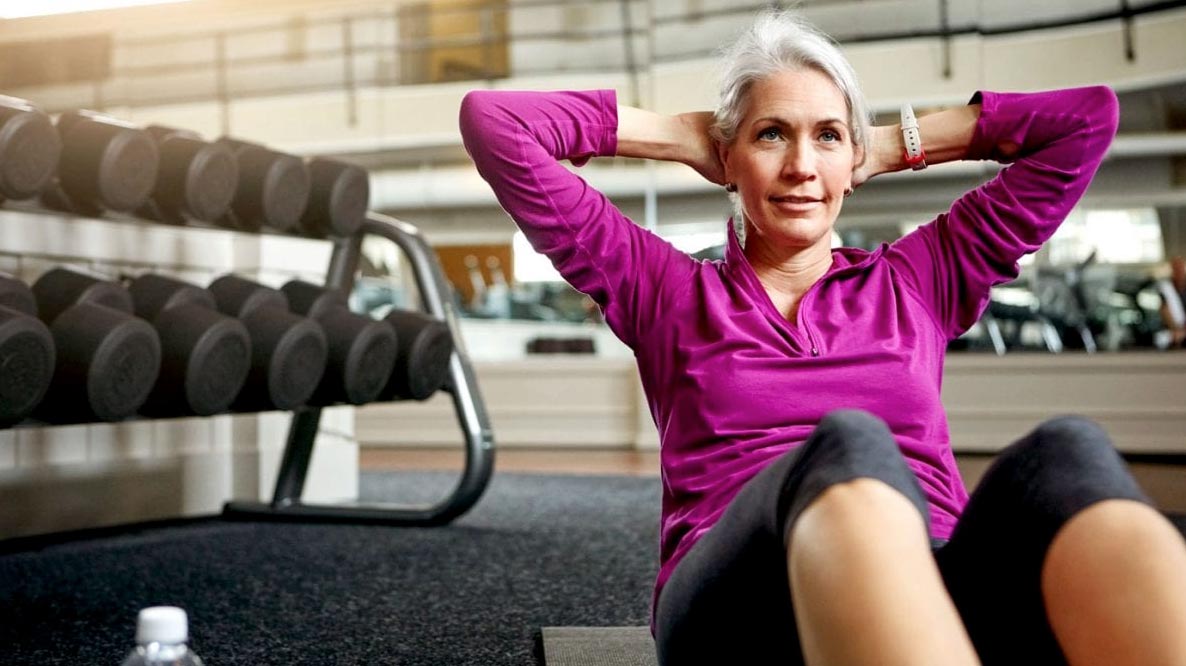
News flash: being healthy involves working out in some way, shape or form. Never heard that one before, right? What if you want to get in shape, but the gym gives you the heebie-jeebies? Maybe it’s because you’ve had an unpleasant experience with one too many sweaty gym benches. Or maybe you’re sick of lifting weights next to those certified gym bros.
There are plenty of reasons why someone may lack an affinity for their communal “pick things up and put them down” locale. As it turns out, one of these reasons has to do with your genes. Gym attendance is an age-old practice created by an ancient civilization. That’s right, your ancestors were pumping iron before Equinox was cool.
You may not have the “gym gene”, and that’s okay! Instead of guilt-tripping yourself, let’s explore why some people flock to the gym, while others run (or walk) for the hills.
What factors influence your gym habits?
Were your ancestors fit because they started the “gym revolution”? Or did they meet their “step count” because they were chased through the Amazon by large jungle cats? Whatever category you may fall in, you can’t blame your genes for all your likes and dislikes. Other factors that can influence your gym attendance are:
- Your age
- Your sex
- Your income
- Your ethnicity
Taking a deeper dive into these factors shows that over 60% of gym-goers are between 18 and 34 years old, while over 30% are 34-54 years old, and 22% are 55+ years of age. People who use gyms over 100x per year earn an average of $150k per year.

Additionally, you may be more likely to go to the gym if your gym has excellent customer service, the location is convenient, and if the equipment is up-to-date.
Are you more likely to be a gym-goer?
The answer lies deep within your cells. Your DNA contains your DPY19L1 gene that codes for a protein known as the protein dpy-19-like 1. This protein is involved in the growth of neurons during brain development, which can affect your propensity for frequent exercise.
A change in your DPY19L1 gene, also known as a gene variant, at a specific location in your genetic code may create a change in your dpy-19-like 1 protein. In turn, there may be a change in the growth of certain neurons in your brain. Thus, your DNA can tell you whether you may be more or less likely to hit the gym at least three times per week.

Even if going to the gym may sound like a bore, there are plenty of ways you can get your exercise in sans communal locker rooms. Following individualized physical fitness plans or exercising with friends outside may be more your speed.
Use Your DNA to explore your Physical Activity Level
If you're a CRI Genetics customer, you can access your Physical Activity Report in your CRI Genetics account right now and find out your own risk of insulin resistance.
Not a CRI Genetics customer yet? Go check out any current promotions and find out how you can get the Physical Activity Report (and many more).